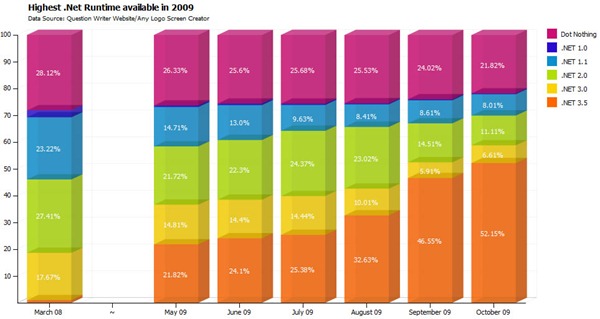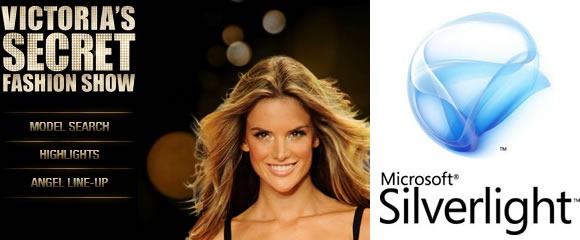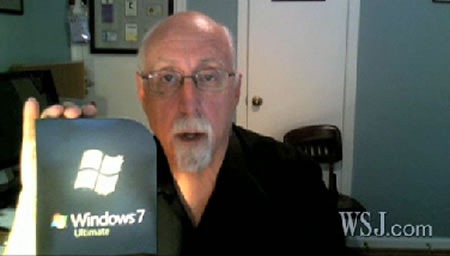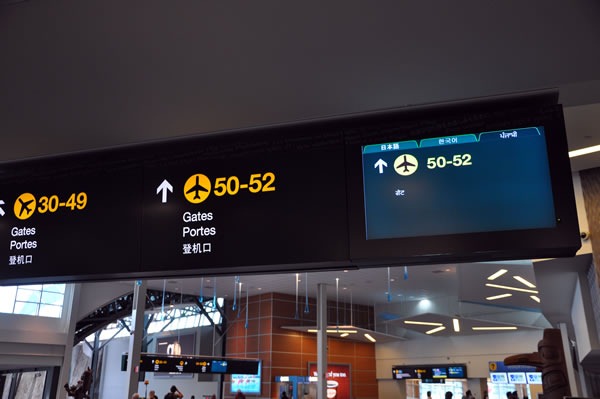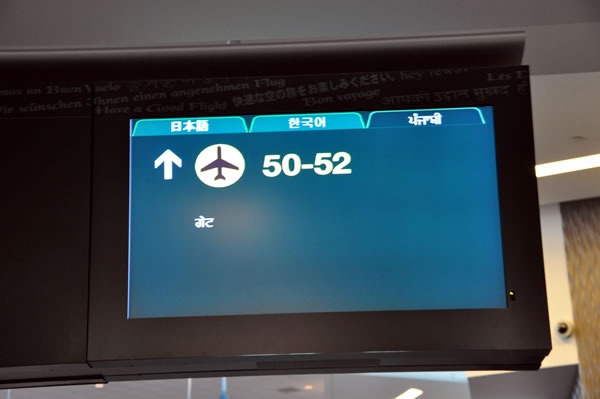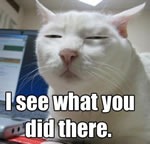Alexander McCabe wanted to know the adoption rates of the various .NET runtimes, from .NET 1.0 up to the current .NET 3.5. He took the data from the logs for the website for his quiz-building software, Question Writer, augmented it by including figures published in Joel Spolsky’s Business of Software forum in March 2008, and turned it into the chart below (click on it to see it at full size):
According to the chart, usage of .NET 3.5 among visitors to the Question Writer site has been growing in leaps and bounds since the spring, from just under 22% in May of this year to the current 52%.
Naturally, this data comes with all sorts of caveats:
- The October 2009 data is based on the first 12 days of October.
- Only Internet Explorer reliably reports .NET version information in the user-agent string.
- McCabe has a couple of contradictory explanations:
- IE users may be more likely to have .NET installed because they use Microsoft software.
- IE users may be less likely to have .NET installed because they may be less likely to install software and therefore might be less likely to have .NET installed.
- Question Writer uses the .NET runtime and its site’s visitors may have .NET installed.
- There were a few users using .NET 4.0; McCabe counted them as .NET 3.5 users.
I should try the same exercise using the logs for Global Nerdy, which has a rather mixed audience of open source, Mac and Microsoft types. I wonder how different the results would be.
